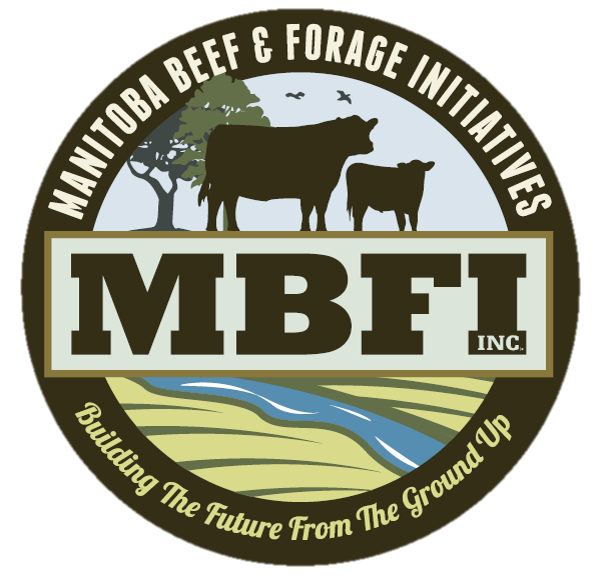Forage producers have big role in reducing emissions
By: Cedric MacLeod, Executive Director of the Canadian Forage and Grasslands Association.
R hooves gently cut the fog that rests as a blanket across the rolling pastoral landscape. The calf grazing at her side has been nurtured and raised on the milk that grass made. And, now the pair adds value — both economically and environmentally — to Canada’s vast grasslands.
Canada’s cultivated forages for pasture, feed and seed production account for 33.8 million acres, or 39 per cent, of the country’s land devoted to agricultural production. In comparison, the next-largest crop — wheat — accounts for 20.4 million acres or 23 per cent of cropland acres.
The above-ground value of Canada’s vast forage land base is well-recognized. Forages have a direct economic value of $5.1 billion — Canada’s third-largest crop, just behind wheat with its value of $5.2 billion and canola at $7.3 billion. Forages are also the primary input for Canada’s $11-billion beef and dairy sectors.
However, it is the below-ground value that is most overlooked. The indirect ecological-goods-and-services-value contribution to Canadian society as a whole is estimated between $895 million and $1.9 billion annually.
On the heels of the United Nation’s Paris Agreement now in effect, Canada’s forage and grassland producers need to examine the positive impact their industry has on the environment.
The Paris Agreement brings the world’s nations together to combat climate change and adapt to the effects of climate change — something farmers around the world are experiencing more regularly.
We acknowledge agriculture, like so many industries, plays a role in climate change. However, forage and grassland producers — the backbone of the nation’s agriculture industry — understand the work they do can help to dramatically reduce Canada’s net greenhouse gas emissions output.
Blake Vince, an Ontario farmer and Nuffield scholar who studied farmland conservation and the importance of biodiversity, points out that extreme weather events, those once-in-100-year droughts, snowstorms or floods, are happening with increasing frequency. If Canadian farmers are going to continue to grow food and survive potential catastrophic events, they need to start from the ground up.
And while farmers can’t control the weather, they can control what they plant. Vince says planting cover crops and perennial forages protects the soil and prevents soil erosion. Annual and perennial forages in crop rotation also increase soil organic matter, which leads to increased internal drainage and soil moisture-holding capacity — both important in times of extreme weather, wet or dry.
Discussions around Canada’s climate action plan have brought about mention of carbon pricing, an area in which perennial forage crops also play a role.
Agricultural adviser Douglas Yungblut says perennial forage crops can sequester 2.7 times more carbon than annual crops in a year and store the carbon deeper in the soil profile. In addition, perennial forages keep carbon sequestered longer as forage stands can be managed for four to eight years at a time.
The payback for farmers comes with the offset. A 2012 study by Yungblut on the Alberta forage industry revealed forage producers could generate approximately $14 million worth of carbon offsets annually, pending the approval of forage-based carbon-offset protocols.
Nationally, the Canadian agriculture industry is quickly moving toward the Next Agriculture Policy Framework suite of programs, and the forage sector is poised to play a significant role. A strong focus on science and innovation will create opportunities for the Canadian forage sector to promote increased productivity.
Increased investment in environmental protection and climate change mitigation will provide the ideal opportunity to showcase the estimated $894.5 million to $1.9 billion worth of ecological goods and services generated by the Canadian forage sector each year.
Back in the field, as the fog gives way to the sun, the cow and her calf join the rest of the grazing herd. She is unaware of the profound positive impact she and her Canadian herd-mates have on Canada’s greenhouse gas emissions profile.
Luckily, forage producers know and continue their important work of feeding the nation, nurturing the soil and building a positive environmental legacy for the next generation of grassland managers.
Cedric MacLeod is a beef farmer, agrologist and executive director of the Canadian Forage and Grassland Association.
This op-ed piece was originally printed in the Winnipeg Free Pree.
